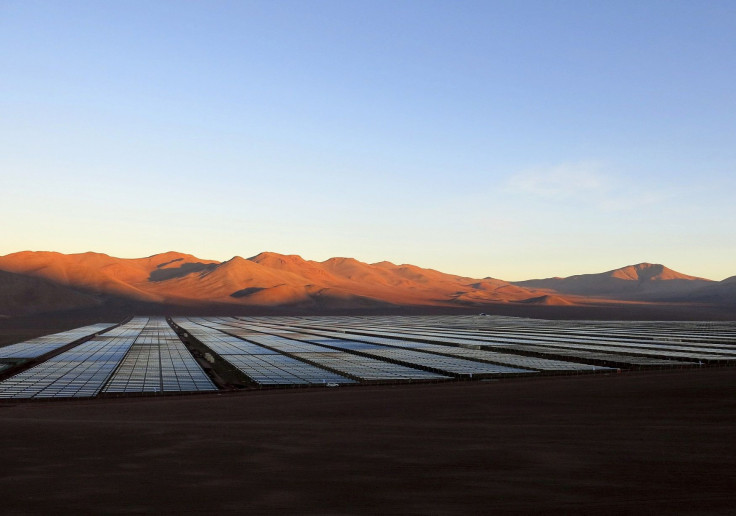Scientists activate 'artificial sun' in Germany for renewable energy research

Scientists in Germany have activated a device that can generate up to 10,000 times the amount of solar radiation that hits the surface of the Earth. The machine, called the Synlight, may be able to help researchers discover new ways to utilise hydrogen as a renewable source of energy.
The device is located in a facility in Juelich, Germany. It is being manned by researchers from the German Aerospace Center (DLR). The device, also called "the world's largest artificial sun," is composed of 149 spotlights.
Bernhard Hoffschmidt, the director of DLR's Institute of Solar Research, said this technology can help pave way for more useful ways to utilise hydrogen as a renewable energy. For instance, companies can make environment-friendly kerosene by combining hydrogen and carbon monoxide.
However, finding a sustainable source of hydrogen has been difficult for scientists. This is because while hydrogen is abundant in the universe, it is a rare element on Earth.
One way of creating hydrogen would be splitting water to its two components, oxygen and hydrogen. This can be done through electricity in a process called electrolysis. However, DLR's researchers thought of skipping the need to use electricity by using the light from the sun.
The machine's spotlights are made of xenon short-arc lamps. The device uses them to create artificial sunlight. If all of the spotlights are focused on a single spot, then the Synlight can create 10,000 times the amount of solar radiation that is normally found on the Earth's surface. The spotlights can also achieve temperatures as high as 3,000 degrees Celsius.
According to Physics.org, Hoffschmidt and his colleagues want to study more efficient ways of "making" hydrogen through their device. Once this is done, they will aim to make Synlight's process fit for industrial use.
The goal is to get to a point that the Sun's natural light would be used to create hydrogen instead of the DLR device. This is because the DLR experiment itself cost US$3.8 million (AU$4.9 million). The electricity needed to make it functional for four hours would also be as much electricity a four-person household needs for a year.
Meanwhile, Australia is no stranger to the potential of hydrogen fuel as a replacement energy source. According to the Guardian, the Australian Capital Territory (ACT) has been looking at the potential of hydrogen as a clean energy source.
Two companies, Union Fenosa in Spain and Neoen in France, will be investing US$180 million (AU$236 million) to help create hydrogen facilities in the ACT. The companies will also be looking at how hydrogen can be used to replace natural gas in generators, as well as hydrogen cars.




















